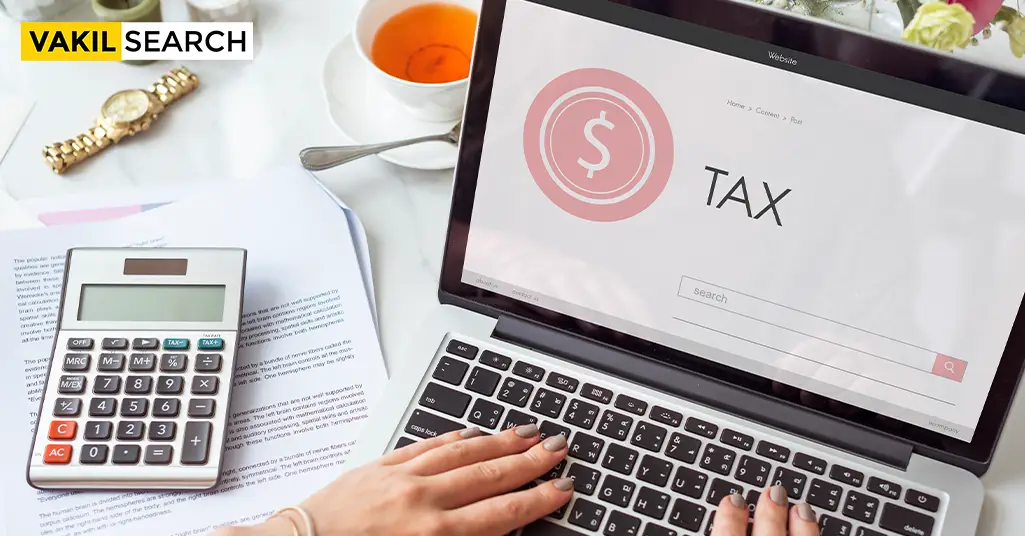Income tax assessment refers to the procedure of confirming the information a taxpayer has provided in the returns they submitted to the income tax department.
Scrutiny Assessment in income tax Under Section 143(3) – The process of verifying the data a taxpayer has supplied in the returns they have filed to the income tax department is known as income tax assessment. Following the submission of an assessee’s income tax return, the Income Tax department conducts an assessment. The assessment is being done so that the Income Tax department may check the return that was submitted to make certain that the amount of taxable income stated and tax that was paid were accurate. Income tax assessment comes in many different forms. The idea of a Scrutiny Assessment Under Section 143(3) is briefly covered in this article (3). In this article, you may read more about Section 143(1) income tax notices.
Scrutiny Assessment Under Section 143(3)
A thorough review of an income tax return that has been filed by a taxpayer is a scrutiny assessment in income tax Under Section 143(3). During a scrutiny assessment, a tax officer will carry out numerous tests and procedures to verify the accuracy and legitimacy of the taxpayer’s claims, deductions, and other items in their income tax return. A scrutiny assessment in income tax aims to make sure that the taxpayer hasn’t understated their income, calculated an excessive loss, or underpaid their taxes in any other way.
For the following situations, scrutiny evaluation on Section 143(2) would be appropriate:
- A Section 139 income tax return or a Section 142 answer to something like an scrutiny assessment in income tax notification has been submitted (1).
- In order to make sure that the taxpayer hasn’t underestimated their income, calculated an excessive loss, or underpaid their income taxes in any way, the Assessing Officer or Income Tax Authority believes it essential or expedient to conduct an audit.
Scrutiny Assessment in Income Tax Notice u/s 143(2)
To initiate a scrutiny assessment, the concerned Income Tax officer must first issue an income tax notice under Section 143(2). In the income tax notice under Section 143(2), the Assessing Officer would request the taxpayer to appear in person or complete the process through e-Assessment and/or produce information and documents which the tax officer ascertains to be important for determining the taxable income and tax payable. An income tax notice under Section 143(2) should be served within a period of six months from the end of the financial year in which the return is filed. For example if an income tax return is filed on 2nd November 2018, notice under Section 143(2) can be served on the assessee up to September 30, 2019. If the notice is issued on 29th September 2019 and is received by the assessee after 30th September 2019, it is not a valid notice. If the notification is sent out on September 29, 2019, and the assessee receives it after September 30, 2019, it is not really a legitimate notice.
The taxpayer may appear even before the Assessing Officer in person or through an authorised representative, and may offer arguments, facts, and other materials as the Assessing Officer may request.
Transform your tax planning experience – Our Income Tax Calculator empowers you with precision and ease of use.
Scrutiny Assessment Hearing
If the notification is sent out on September 29, 2019, and the assessee receives it after September 30, 2019, it is not really a legitimate notice.
The taxpayer may appear even before Assessing Officer in person or through an authorised representative, and may offer arguments, facts, and other materials as the Assessing Officer may request.
- Accept the order issued by the Income Tax authority, pay any tax due, get a refund, or take the loss as determined.
- If there is still a clerical error, submit a claim for a reimbursement under Section 154.
- can submit a revised application to the Commissioner of Income Tax in accordance with Section 263/264.
- Appeal the judgement
Time Limit for Scrutiny Assessment Under Section 143(3)
The deadline for performing the scrutiny assessment in income tax Under Section 143(3) is set forth in Section 153 as follows:
- Within 21 months following the assessment year’s end when the income was originally taxable. [For the evaluation year 2017–18 or earlier]
- 18 months following the conclusion of the evaluation year during which the earnings was initially assessable. [For the 2018–19 evaluation period]
- 12 months after the evaluation year in which income was initially deemed taxable. [For the assessment period beginning in 2019–20]
Conclusion
You can be guided by our expert legal staff at Vakilsearch regarding scrutiny assessment in income tax Under Section 143(3).










